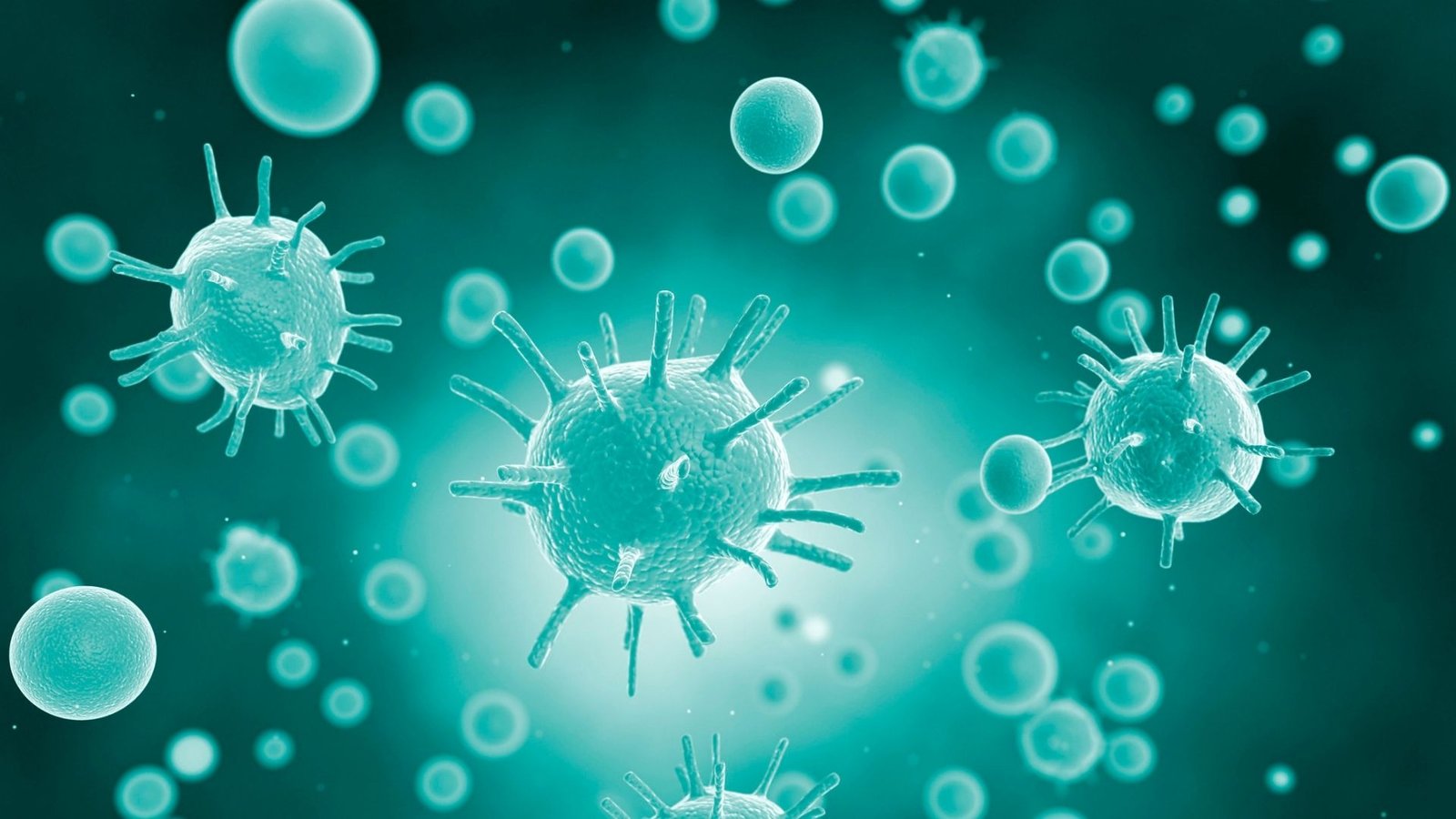Bromatology is the science that studies food, raw materials, nutritional composition, preparation, handling and conservation. The main objective is that the food reaches the consumer without contaminants that can cause harm to their health. The improper handling, conservation and cooking of food in our homes can cause serious illnesses and even the death of our loved ones. For this reason, it’s extremely important to learn how to prevent contamination.
FOOD CONTAMINATION
Food is contaminated when it contains foreign substances. This contamination can be of three types:
– Physics: Presence of objects in our food. For example, metal from a sponge, glass, wood chips, hair, buttons, nail polish, plastics, dirt, nails, or insects.
– Chemistry: Presence of chemical substances in our food. For example, sodium hypochlorite and other cleaning products, caustic soda, poison or other pesticides, herbicides, fungicides, metals present in the production line, antibiotics, excess additives, etc.
– Biological: Presence of microorganisms that can be harmful to humans. Example: viruses, bacteria, fungi and pathogenic parasites. These pathogens come from humans in contact with food, soil, air, water, animals or are part of the food itself. The earth is a reservoir of pathogens since it contains animal waste and/or fertilizers that contaminate fruits and vegetables. Because of this, it’s extremely important to clean and disinfect vegetables very well before entering food preparation areas. Raw meats are also a reservoir for pathogens since in the process of separating the viscera, the intestinal content with bacteria often contaminates the meat. Eggs, for their part, are reservoirs for a pathogenic bacterium called salmonella, which is found in the shells due to the remains of excrement but can also be in the yolks.
DIRECT CROSS CONTAMINATION OR INDIRECT
Direct cross-contamination occurs when a contaminated food that commonly requires cooking comes into contact with another food that does not require cooking or is ready to eat. For example, if we place a meat or chicken to defrost in the upper part of the refrigerator, and its juice falls on a cake that is in the lower part, or on washed fruits ready to eat. If we eat that portion of cake or the contaminated fruit, we can become seriously ill.
Indirect contamination occurs when an infected element intervenes between the contaminated food and the harmless food. For example, our own hands, kitchen counter, a knife or a cutting board. If we touch pork meat or place the eggs in the refrigerator and then without properly washing our hands, we cut the vegetables for a salad, we are making indirect cross-contamination. The same happens if we use a contaminated board to cut fruits or vegetables. For this reason, according to safety and hygiene standards, differentiated tables are used for each type of food: The red tables are for red meats, the blue ones for fish and seafood, the yellow ones for white meats, the green tables for fruits and vegetables, brown ones for cooked foods and white ones for pasta, bread and cheeses.
CIRCUMSTANCES FOR THE DEVELOPMENT OF PATHOGENS
For microorganisms to develop, they need time, temperature (between 5 and 60 degrees), a specific PH, humidity (available water), nutrients and in some cases, oxygen. There are microorganisms that are aerobic (they multiply on food surfaces because they need oxygen), while others are anaerobic (they multiply inside food where there is no oxygen). The third class of microorganisms are facultative aerobics (they can live with or without O2). Regarding nutrients, these can be sugars, proteins, fats, mineral salts and vitamins. Since meats, dairy, eggs, fruits, and vegetables have available water and nutrients, they are considered high-risk foods. The temperature at which microorganisms reproduce faster is 37 degrees. A single microbe under these ideal conditions can form a colony of 281 trillion microbes in 24 hours. Due to this, we should not leave food at room temperature. On the other hand, it’s important to clarify that below 5 degrees, the development of microorganisms is delayed. However, the refrigerator does not kill them and the time in which they can remain in these conditions is limited.
It’s very important that once we finish cooking, the food is cooled as quickly as possible. Gastronomic services use thermometers to control that the cooking and storage temperatures are adequate. Even when cooking kills microorganisms, the spores of some bacteria and fungi survive the heat and, under certain conditions, re-grow. According to WHO, food in a buffet or service should not remain out of the refrigerator for more than two hours. Regarding PH, acidic foods are less prone to deterioration than neutral or alkaline foods. Sugar and salt, on the other hand, help reduce bacterial growth because they reduce the available water.
GENERAL TIPS
– Keep the kitchen and refrigerator clean and disinfected.
– Properly clean and disinfect equipment, utensils, fruits and vegetables.
– Wash and disinfect your hands before eating and preparing food, using a brush to clean under the nails.
– Do not leave food at room temperature for more than two hours.
– Defrost food in the microwave or in the refrigerator, never at room temperature.
– Do not place raw food above cooked and ready-to-eat food in the refrigerator.
– Whenever a food is reheated for consumption, bring it to 100 degrees to eliminate possible pathogens.
– Do not prepare food too much in advance of its consumption.
– Pay attention to food preparation and expiration dates.
– Handle risky foods with special care to avoid contamination of ready-to-eat foods.
– Store chemicals in separate spaces from food and properly labeled.
– Never use food containers to store chemicals or vice versa.
– Once you defrost a food, it must be cooked. It’s not possible to refreeze raw a second time because the loss of the cold chain favors the development of pathogenic microorganisms.
– Eliminate insects and rodents to avoid the transmission of derived diseases.
– Do not mix food leftovers that were out of the refrigerator with the same refrigerated food.
– Do not overload refrigerators to avoid exposing food to risk temperatures.
– Do not consume expired food, or cans whose containers are beaten, swollen, oxidized or with signs of leakage.
– Deworm domestic animals at least once a year and do not allow them to climb on armchairs, beds, countertops and tables.




